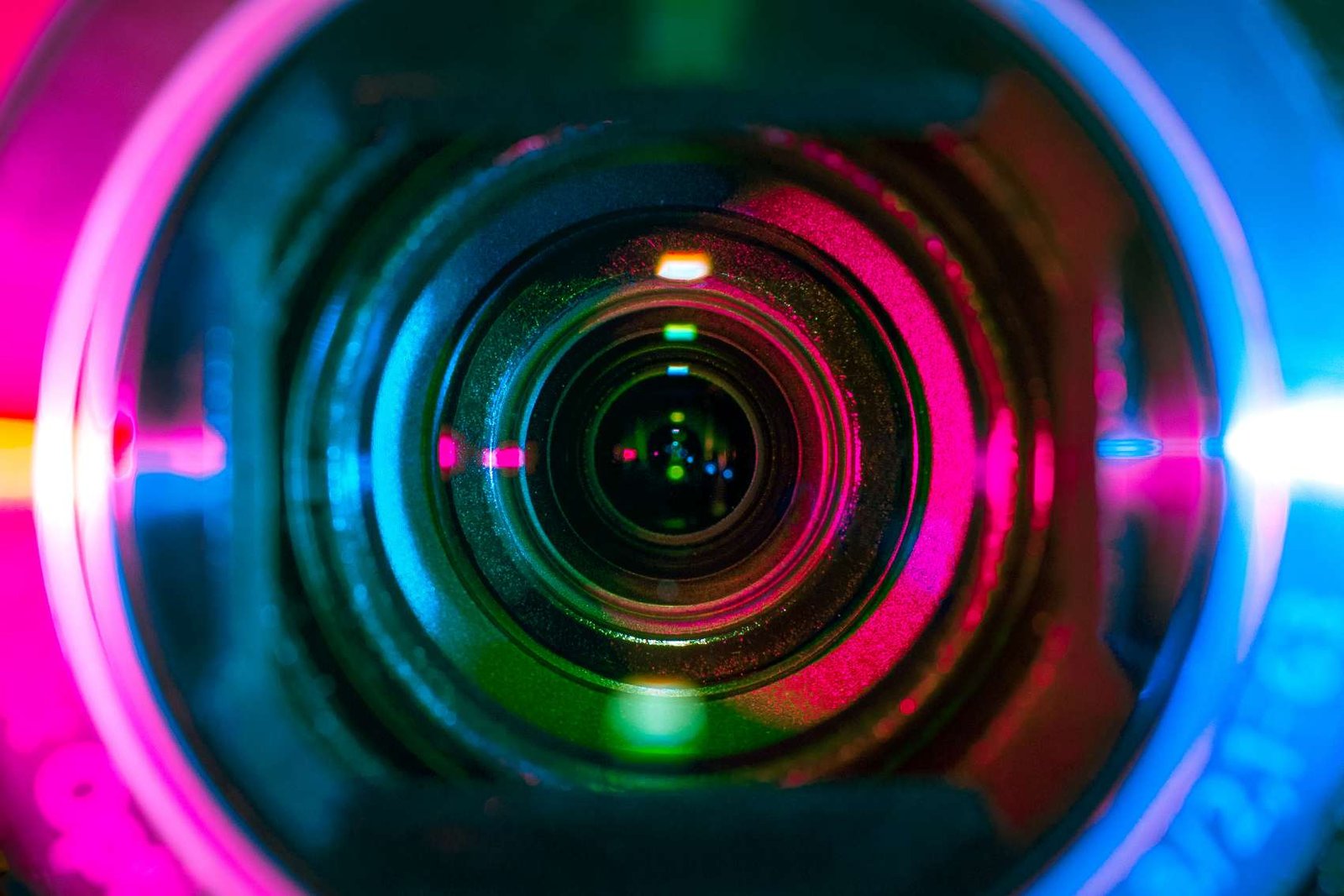AI is here to stay, and Shannen Lu, senior product and marketing manager, Vivitek EMEA, outlines an exciting application for it that’s set to transform the visitor experience
From national press headlines to the assistants now popping up on the apps we use every day, there’s been no escaping AI. We’ve all aware of the development of its story; starting as a useful aid working behind-the-scenes, to it rapidly evolving into an existential threat to jobs, industries and online security as bad actors eye-up its potential. It’s not for no reason then that there was a sense of urgency driving the first AI Safety Summit hosted at Bletchley Park in the UK last November.
Change is good; responsible change is better
But as has been the case with all previous emerging technologies, embracing AI for positive change is a healthier strategy than fighting it and watching on as competitors use it to advance their lead in the market. And, with AI development and deployment guardrails now being created to encourage its responsible use, we can now look ahead to the value it can add, and the creativity and productivity benefits it can unlock.
Thinking of the AV industry, I believe that one of the most exciting applications for AI, is in the field of mapping. We’re already seeing AI being integrated into more hardware and software solutions – from projectors to cameras, microphones, speakers, and video displays – as well as Control Applications and Content Management solutions. With AI acting as a new ‘glue’ between those core mapping components, it can ensure that they are optimised in such a way as to maximise collaboration between all of the hardware devices and the software that operates on them to extract the best possible performance under all scenarios.
Being part of the AI-optimised experience
The results of this AI-optimised union should deliver a new era of spectacular mapping accuracy; we can look forward to even better definition, crisper images, richer colours and better realisation of intricate details. It will also empower artists and content creators to be bolder and even more creative, and no longer be inhibited by the limits of the technology. This will have a knock-on effect at visitor attraction and experience centres. More powerful, attention-grabbing mapping will bring new life to venues, creating a more memorable experience for visitors.
It will also create new opportunities for visitors to engage with the mapping to create that desired ‘immersive experience’. With AI filtering across mobile devices – with some mobile device manufacturers claiming that it will better serve users, unleash their creativity and boost their productivity – there is scope for mobile devices and AI-powered apps to interconnect with the mapping, joining the dots between venue, exhibition, visitor and of course, social media, where everything is shared for Likes or laughs. The ability to morph mapping with the online world (and potentially, even the metaverse) takes it – and the visitor experience – to the next level.
Far from being jaded by AI-fatigue, I’m enthused by the potential that it offers. I can see the value it will bring to the industry (from manufacturers to content producers and installers), as well as the sectors, communities and customers that the AV industry serves.
About the Author
Shannen Lu is senior product and marketing manager, Vivitek EMEA. Vivitek is a leading brand offering award-winning digital projection, wireless collaboration and digital signage solutions. Vivitek is committed to enabling the visualisation and sharing of information from multiple devices in the easiest and most secure way possible.










